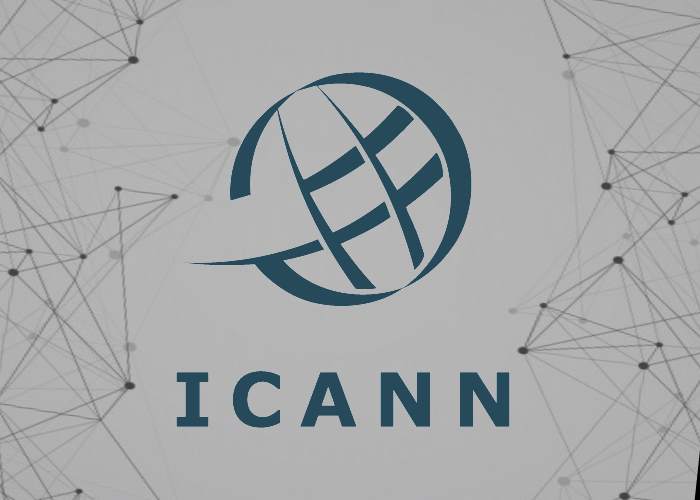With content on the internet growing larger every day, understanding the Domain Name System (DNS) is important to anyone who deals with websites. Whether they know it or not, people increasingly depend on the DNS for communicating with family and friends, health care, shopping, working, and learning.

The Domain Name System is the system that translates domain names (that are understandable to people), into IP addresses (that are understandable to computers). The DNS is essentially the internet’s phone book.
How Does the Domain Name System Work?
The DNS was created to make it easier for people to find a website by allowing them to remember a website’s address using words (like example.com) instead of numbers.
So, when you type ‘google.com’ into your browser and hit enter, you are actually directing your computer to ask the DNS, “What is the Internet Protocol (IP) address for Google?”
This request goes to the DNS which will reply with a number like 116.57.237.148 (IPv4) or 2001:0db8:85a3:0000:0000:8a2e:0370:7334 (IPv6).
Your browser then makes an HTTP request to the IP address with that number, which finally returns the desired webpage to you.
The Economics of the Domain Name System
In the last decade, there has been a historic expansion of generic Top Level Domains (TLDs) from the original few possibilities (like .com for commercial enterprises, .org for non-profit organizations, and .edu for educational facilities) to close to 1500 available alternatives today (2021). This evolution has given firms the ability to focus beyond the .coms when registering their online business names. The addition of new suffixes like .beauty, .law, .shop, etc. may offer added marketing value to brands and companies.
The Internet Corporation for Assigned Names and Numbers (ICANN) manages the Domain Name System. ICANN sets the rules for generic TLD registries (like Verisign), which then provide domain names to registrars (like GoDaddy), and then are finally sold to customers or registrants.

Annual Revenue
The resale market of domain names, amounting to $2 billion annually, is predicated on the primary registration of 350 million domain names with $8 billion in annual revenue generation.
The precise market value of DNS is actually challenging to establish, as different factors can alter the true value. It is a decentralized process wrapped up within other business activities and often involves actors in less transparent countries.
The Secondary Market (Domain Flippers)
Like in real estate, a secondary market of existing domain names exists in which investors purchase valuable domain names with the goal of flipping them at a higher price at a future point in time.
In 2020, approximately 18% of .com domains were registered for the purpose of resale, and they had an average price tag of $1660. Since so many primary domains can be purchased for less than $10, the return on investment of one if these domains is impressive.
The Future of the Domain Name System
Verisign has held the .com registry for decades, and has often been accused of having a “monopoly on internet commerce.” With the advent of new TLDs like .shop and .golf, it is unclear whether the power of the .com TLD will continue to reign supreme.
That is why many domain investors are looking to create a diversified portfolio with other TLDs. They are looking for domains with higher search engine rankings and, therefore, greater value. They believe that if they center their investments on more topical TLDs like .tv or .car, the search engines may reward that focus.
With greater search volume comes greater value when placing a domain up for resale and that can provide the investor a higher return rate than a generic .com address will.
Regardless of what the future holds for the DNS, it seems likely that at least two assumptions will remain valid into the future:
- domain names are important for enterprises seeking to brand their products
- users rely on domain names to link to IP addresses
The savvy investor will be able to use this knowledge of the DNS, and profit from the secondary domain name market by purchasing desirable domains and flipping them for a higher price.

Conclusion
The Domain Name System is a critical part of the internet infrastructure in that it assists people and companies in finding websites. It is also responsible for billions of dollars in revenue every year.
If you are interested in investing in these digital properties, there certainly are ways to make money from buying domains on the secondary market and flipping them for profit.
Users are always looking for “just the right domain name” as a critical component of their branding.
You can be the solution to their problem and sell them the perfect domain for their website.

